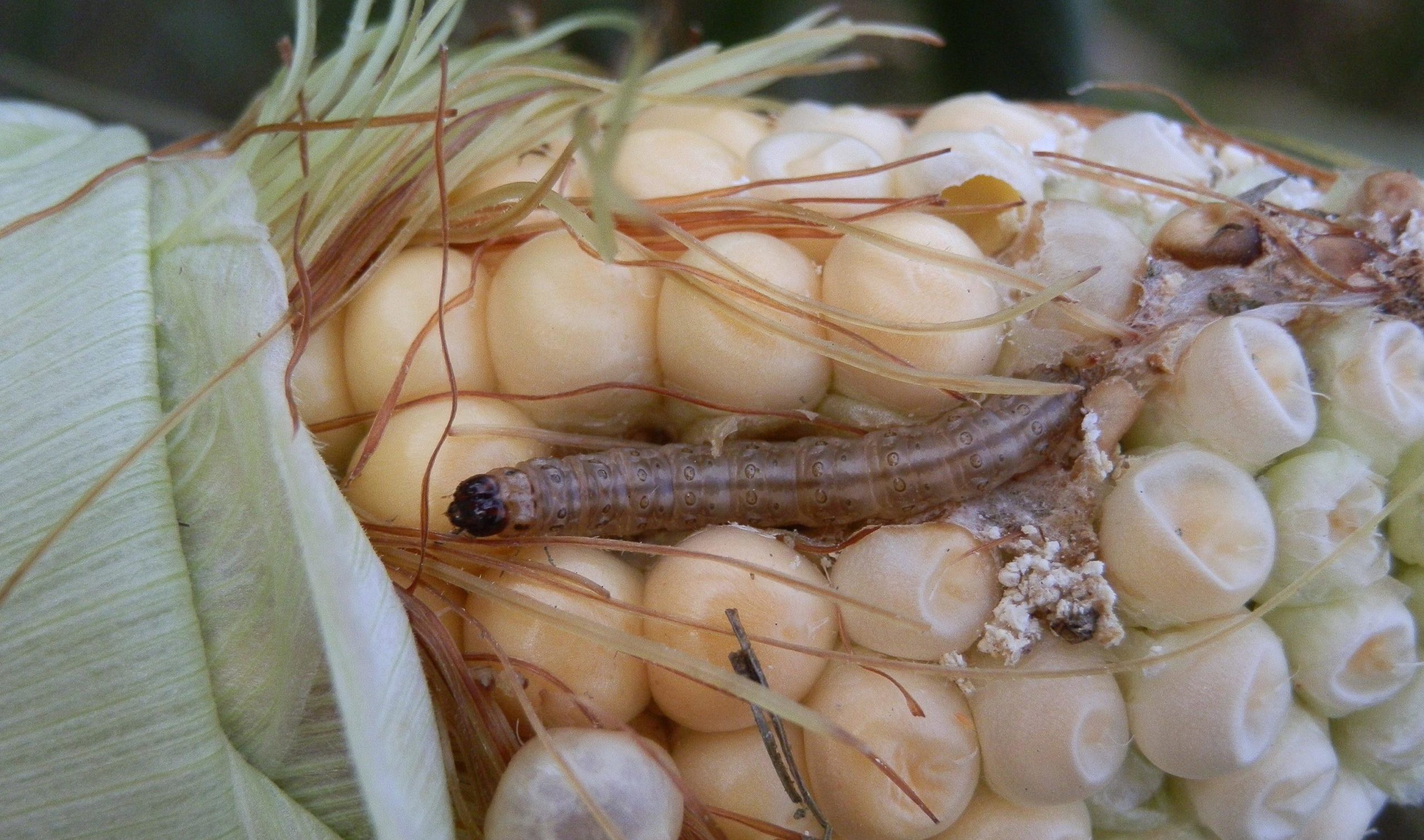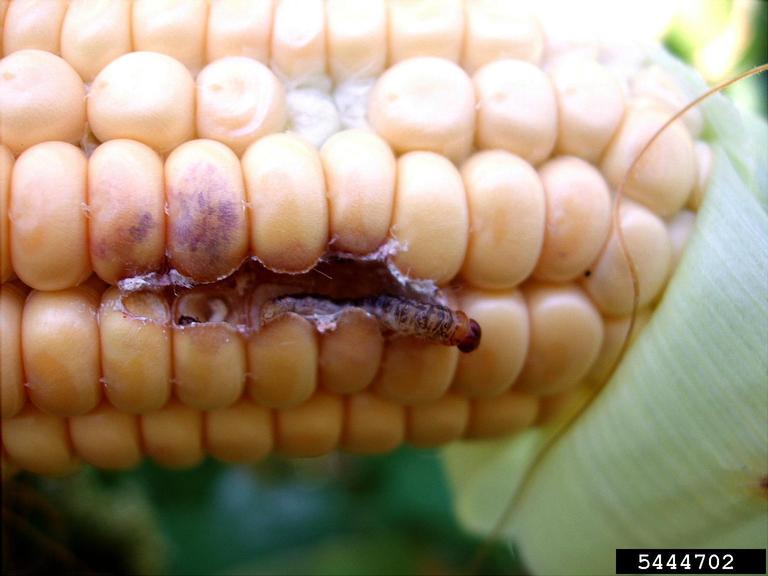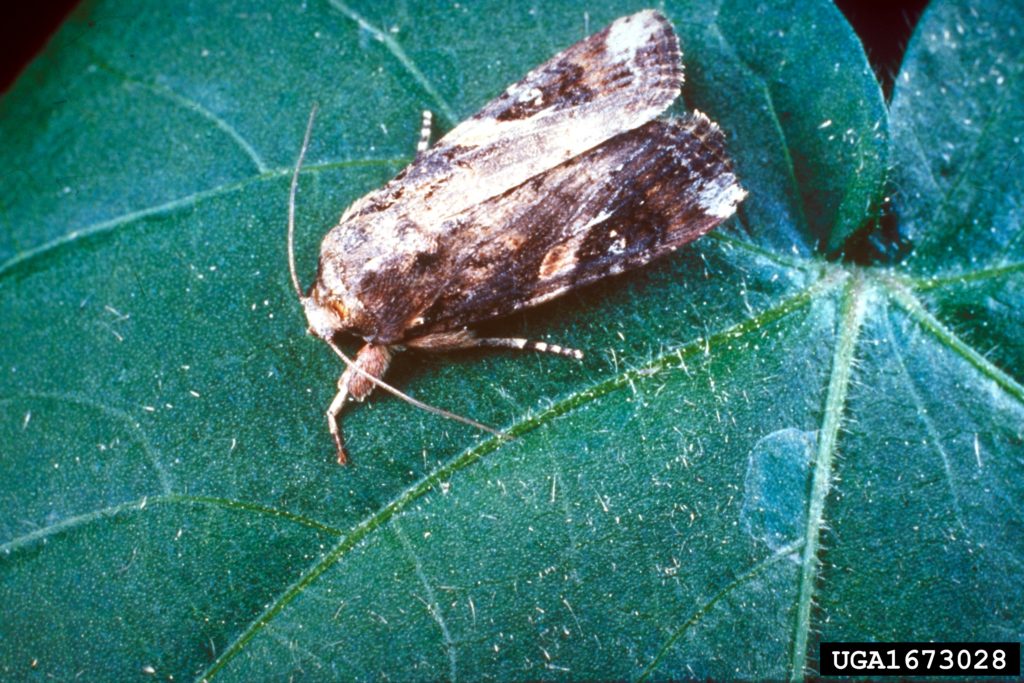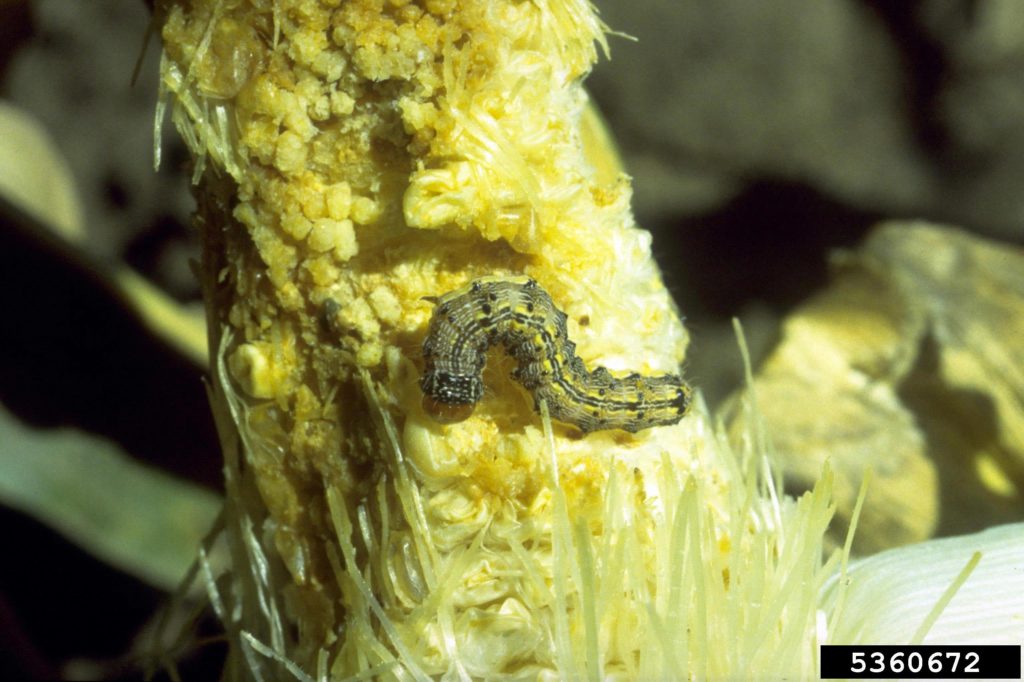
May 28, 2020
Pest control strategies for organic sweet corn
European corn borer, fall armyworm and corn earworm are problem pests for all sweet corn producers, but are especially troublesome for organic growers.
The wide adoption of Bt field corn dramatically changed the European corn borer populations organic sweet corn growers face.
“European corn borer numbers have collapsed in the eastern U.S. because of the widespread adoption of field corn expressing Bt toxins,” said Kris Holmstrom, vegetable IPM program associate at Rutgers University. Holmstrom recently spoke on pest control in organic sweet corn production at the New Jersey Agricultural Convention and Trade Show in Atlantic City.

Despite steep declines in European corn borer numbers, sweet corn growers must still be vigilant because there can be occasional outbreaks.
Start scouting for European corn borer at the whorl stage when the plants reach about 16 inches tall. Check five consecutive plants each in 10 random locations throughout the field. The number of plants showing signs of injury multiplied by two is the total injury percentage.
The traditional threshold in New Jersey is to treat when 12% of the plants are injured. “Some states may have different thresholds,” Holmstrom said.
Continue scouting weekly as tassels emerge. Surviving larvae will emerge with the tassels and can damage the plants again.
Once pollination begins, the larvae will bore back into the plants and the developing ears, and are impossible to control.
Several types of Bt products are available for organic sweet corn growers.
DiPel contains the Bt toxin (Cry 1Ab) and previous trials in New Jersey have shown it works best applied as granular formulations dropped into the whorl. Xentari contains the toxins (Cry 1A(a,b), C, D) and also has activity against armyworm.
“Products like DiPel and Xentari are all acceptable as foliar sprays,” Holmstrom said. These toxins are unacceptable for organic growers when they are genetically-engineered into the plant. Bt products are best used in the whorl stage because larvae must ingest the Bt toxin.
Spinosyns are a relatively new group of products that are extremely fast-acting and effective on larvae. “Spinosyns are another bacterial-derived product,” Holmstrom said. “Bt needs to be digested and causes gut perforations. Spinosyns affect the nervous system.” Entrust (spinosad) is the only spinosyn approved for organic use.
The parasitic wasp Trichogramma ostriniae is specific for European corn borer and releases of the wasp have provided effective control. However, with European corn borer populations down dramatically, the economics of buying and releasing the wasp are questionable.
“If you’re at treatment threshold, look for a way to put DiPel granules into the whorl,” Holmstrom said. “Entrust is also highly effective, but there are regulatory limits to the total number of applications of this material to a crop. Because it may be necessary to use this product during the silk stage, you want to find reasonable alternatives for use during the vegetative stages of the corn crop.”
Fall armyworm is also a challenging pest and is much different from European corn borer. “European corn borers survive the winter as a larvae in crop debris,” Holmstrom said. Fall armyworm migrates up from the South as moths.
“Fall armyworm must overwinter in the soil,” Holmstrom said. “It’s not capable of surviving this far north because there’s too much freezing and thawing. In August, we often get a large, migratory population.”
Unlike European corn borer – where most larvae bore into the whorl – fall armyworm is a voracious feeder.
“When fall armyworms arrive in mid-summer, they will lay their eggs on any growth stage of corn,” Holmstrom said. “They’re not borers; they’re consumers of foliage.”
The larvae can damage young corn to where it won’t make an ear. In older corn, they can enter the ear. “Fall armyworm can be a problem at any stage because it can lay eggs at any stage,” Holmstrom said.
There are resistance issues with fall armyworm.

It’s significantly resistant to the synthetic pyrethroid insecticides which are more potent than the plant-derived pyrethrin approved for organic production. “If a synthetic pyrethroid won’t work, don’t expect to get control from a pyrethrin,” Holmstrom said.
The action threshold for fall armyworm, and fall armyworm and European corn borer in combination are when 12% of the plants are infested. Growers relying on Bt products should start treating at the first signs of infestation to target small larvae. Fall armyworm is resistant to some Bt toxins.
The larvae can be difficult to reach in the whorl since they’re often covered by a layer of droppings. This requires a higher spray volume if using a spray solution. “Granules last longer and are more effective,” Holmstrom said.
The best control strategy for organic sweet corn growers against fall armyworm isn’t simple.
“Everything starts with scouting,” Holmstrom said. “If you’re over threshold, Entrust will give the best results.” Xentari is specific to armyworms and is the second best choice. “Better results may be obtained with Xentari than with DiPel or a similar product containing only Cry 1A toxins,” Holmstrom said.
Corn earworm is still the biggest and most consistent threat to sweet corn production.

The wide use of Bt field corn has reduced the overall numbers of corn earworm moths arriving in the Northeast, but it hasn’t helped control the pest. “We still have tremendous economic problems with earworm even though we have fewer moths around,” Holmstrom said.
Females lay eggs individually in silks – frequently on different ears – to avoid offspring competition. Hatched larvae enter the ears through the silk throat and don’t feed on foliage or the husk. The silk throat is here the silks emerge out of the ear.
The earlier in the silking period the larvae penetrate the ears, the more opportunity they have to grow, cause damage and make messier sweet corn. Later deposited eggs result in smaller larvae and cause less damage.
Corn earworm is migratory and growers can’t scout for it because the larvae don’t feed on the plant – only down in the ear. The key is to rely on trapping – frequently by university field staff – to know when the moth count reaches threshold. There’s always the potential for good control practices to be overwhelmed by corn earworm numbers late in the summer.
Corn earworm must be controlled between egg hatch and larval concealment within the ear’s husk. This window is only about three to 10 days.
The mid-to-late season migrants are intensely resistant to some Bt toxins and synthetic pyrethroids, although resistance to the latter is inconsistent. This has major implications for all growers and especially those growing organic sweet corn.
“It doesn’t matter when the moths arrive,” Holmstrom said. “Many are resistant to some of the Bt toxins.”
The control strategy for organic growers is difficult.
“Entrust is pretty good,” Holmstrom said. “It’s not excellent but pretty good and pretty consistent. There are regulatory limits on how often you can spray, how much you can spray and a seasonal limit.” Only six applications of Entrust are allowed per year and a rotation of only two applications in a row before using another product.
Viral-based products, Bt products incorporating multiple toxins are probably the second choice after Entrust.
“Some studies have shown fair results with these products, but not consistently,” Holmstrom said.
The best plan is to use Entrust – the most effective insecticide – early in the silk period and then rotate with products that have some effect against small larvae – either a Bt or a viral-based material.
At top, is the European corn borer (Ostrinia nubilalis). Photo: Mariusz Sobieski/Bugwood.org






